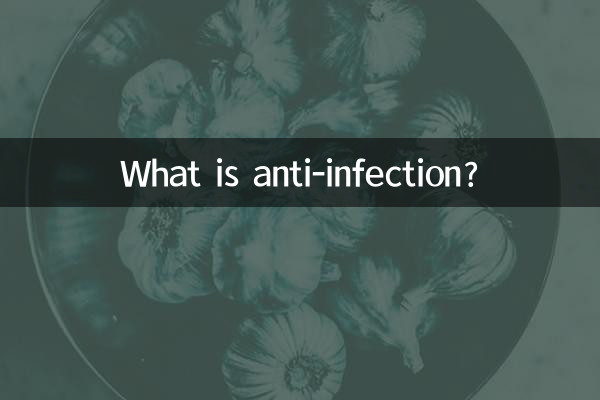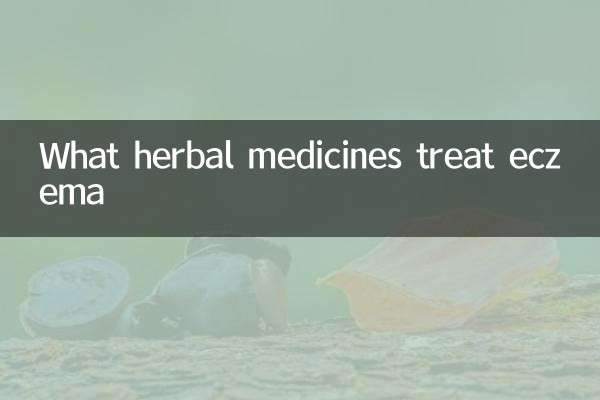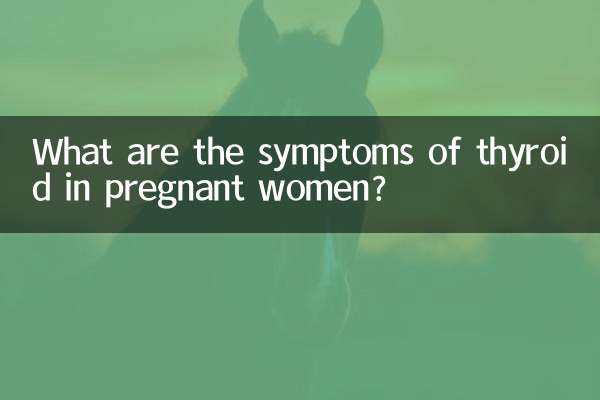What is anti-infection?
In today's society, anti-infection has become an important issue in public health and medical fields. With the recurrence of global epidemics and the emergence of new pathogens, anti-infection is not only a defense against viruses or bacteria, but also a comprehensive health management strategy. This article will start from the hot topics and hot content in the past 10 days to explore the core goals of anti-infection and the scientific logic behind it.
1. Definition and core goals of anti-infection

Anti-infection refers to the prevention or treatment of infectious diseases caused by pathogens (such as viruses, bacteria, fungi, etc.) through drugs, vaccines, health measures, etc. Its core goals include:
| target | Specific content |
|---|---|
| Prevent infection | Reduce the risk of infection through vaccination, personal hygiene, environmental disinfection, etc. |
| Control the spread | Block the spread of pathogens among people, such as isolation measures, wearing masks, etc. |
| Treat diseases | Use antibiotics, antiviral drugs, etc. to eliminate or suppress pathogens |
| Reduce complications | Prevent infections from causing other serious health problems, such as organ damage or chronic disease |
2. Recent popular infection-related topics
According to the entire network data in the past 10 days, the following topics are closely related to anti-infection:
| topic | heat index | Main content |
|---|---|---|
| New influenza variants | ★★★★★ | Influenza virus mutations reported in many countries, raising concerns about vaccine effectiveness |
| antibiotic resistance | ★★★★☆ | WHO warns drug-resistant infections kill millions every year |
| COVID-19 long-term symptoms | ★★★☆☆ | Study reveals long-term effects of coronavirus on immune system |
| Gut flora and immunity | ★★★☆☆ | Probiotics may become a new anti-infection strategy |
3. Scientific logic and practice of anti-infection
The realization of anti-infection requires multidisciplinary collaboration. The following is a breakdown of its scientific logic:
| link | scientific principles | Practical application |
|---|---|---|
| Pathogen identification | Genome sequencing, antigen detection | Rapid diagnostic reagents, epidemiological investigations |
| immune response | Antibody production, cellular immunity | Vaccine development, immune enhancers |
| pharmacological intervention | Targeting key pathogen proteins | Antiviral drugs, antibiotics |
| public health | propagation dynamics model | Isolation policy, health promotion |
4. Future trends in anti-infection
Based on recent research hotspots, the following development directions may emerge in the field of anti-infection:
1.Precise anti-infection:Personalized treatment plan based on individual genetic differences.
2.AI-assisted diagnosis: Use artificial intelligence to quickly identify pathogens and predict transmission trends.
3.New vaccine technology: The mRNA vaccine platform expands to more disease areas.
4.Resistance Solutions: Phage therapy, antimicrobial peptides, etc. can replace traditional antibiotics.
5. How the public can participate in the fight against infection
Everyone has a role to play in fighting infection:
| behavior | function |
|---|---|
| Get vaccinated | Establish a herd immunity barrier |
| Rational use of medication | Avoid overuse of antibiotics |
| maintain hygiene | Cut off transmission routes |
| healthy eating | Enhance your own immunity |
Fighting infection is a protracted battle that requires the participation of the whole society. Through scientific understanding and action, we can effectively respond to the ever-changing infection threats.

check the details

check the details